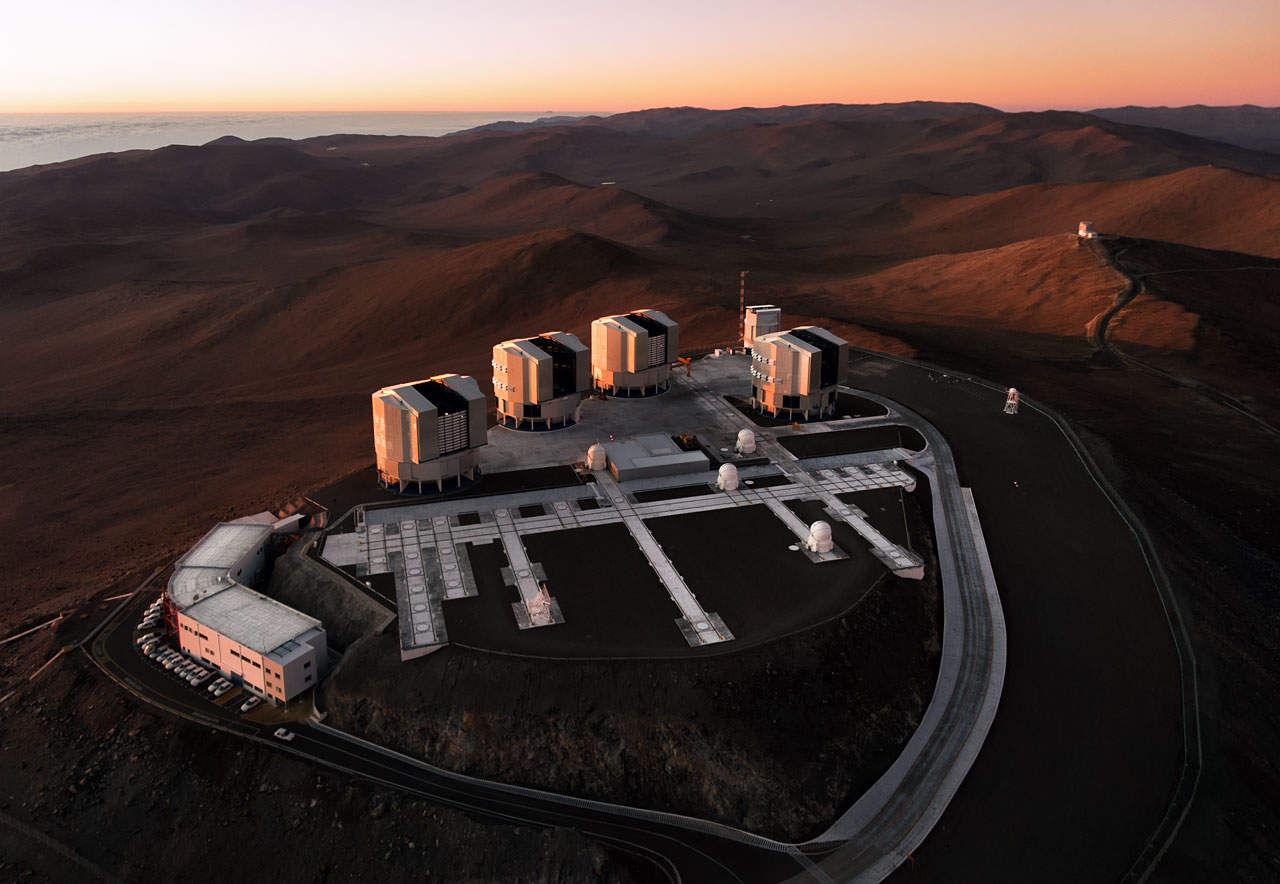Scalable quantum processor simulates non-equilibrium phase transitions

A 20-qubit quantum processor has been used to simulate the classical and quantum nature of non-equilibrium phase transitions. The work was done by researchers in the US and Canada, who used a processor made by Quantinuum, which is based in the UK and US. The team’s success suggests that small-scale quantum processors could soon be solving some problems that are beyond the capability of conventional computers – an achievement called quantum advantage. This advantage could be put to use in fields including condensed matter, quantum optics and metrology.
As well as being a central pillar of physics, phase transitions are part of our daily lives – think of the evaporation of liquids to gas or the formation of ice from liquid water. Physicists have studied phase transitions for many years and have developed a good understanding of the relevant processes when systems are at thermodynamic equilibrium. In systems that are away from equilibrium, however, the situation becomes more complex. And if such systems are quantum in nature, they are too complicated to be simulated using conventional computational methods.
This is where quantum computers could come to the rescue. In principle, quantum processors will outperform conventional computers when doing certain complex calculations. However, we are still far away from creating large-scale quantum computers that can run big algorithms. This would require the integration of several thousand to a million quantum bits (qubits), and today’s quantum processors only integrate a fraction of this. Another important challenge facing those building quantum computers is that today’s qubits are noisy, and therefore very prone to errors that quickly destroy quantum calculations.
Clever techniques
This shortcoming has not stopped researchers from using clever techniques to get the most out of current qubit technologies.
Now, researchers at Quantinuum, the University of Texas at Austin, Princeton University, and the University of British Columbia have used Quantinuum’s H1-1 quantum processor to calculate a 1D model of non-equilibrium phase transitions. This processor comprises 20 trapped-ion qubits.
The model is concerned with the process of directed percolation (DP), which occurs when a fluid is filtered by using gravity to pass it through a through porous material. The relevant phase transition is from the permeable (percolating) state to an impermeable (non-percolating) state. The researchers described the time evolution of the system using a discrete-time model that is also used to simulate contact disease spreading.
Modest processor
While the H1-1 processor offers a modest number of qubits, the qubits have low error rates. Furthermore, a method called qubit reuse was employed to effectively turn the 20-qubit quantum processor into one that comprises 73 qubits. Error-avoidance techniques were used to deal with qubit noise. This involved making measurements at varying levels of noise, including some that are introduced intentionally. Considering these varying levels together allowed the researchers to extrapolate back to zero noise.
Discrete-time simulations were performed on both sides of the phase transition and near the critical point. The results of these simulations showed evidence of a DP phase transition for both classical and quantum versions of the model.
While these calculations came close to achieving quantum advantage, they can still be done on a conventional computer. But what is important is that the researchers have developed the appropriate tools for scaling-up the calculation to run on larger quantum processors. The researchers say that quantum advantage can be reached with only a modest increase of qubit number and a slight reduction of error rates. This would pave the way to calculations that would provide insights into non-equilibrium processes in fields such as condensed matter, quantum optics and metrology.
Higher dimensional problem
David Hayes, a senior R&D manager at Quantinuum, says that the research suggests that we do not need to wait for enormous quantum computers that are 10 years away. Instead, he says that error mitigation is here to stay and will be part of quantum computing applications for the foreseeable future. He adds that the team would like to push their research further on at least two fronts. First, they aim to achieve even lower error rates on their quantum computer. Second they will tackle a higher dimensional problem, which would be more beneficial for showing a quantum advantage. He points out that this will require more qubits than H1-1 was able to support.

Honeywell Quantum Solutions and Cambridge Quantum Computing join forces to form Quantinuum
Igor Lesanovsky is a physicist at the University of Tübingen in Germany and was not involved in this research. He thinks that the research shows nicely what type of questions a quantum computer could answer in the future – in particular, investigating the impact of quantum effects on emergent many-body properties such as phase transitions. These emergent effects appear only in sufficiently large systems and at sufficiently long times, which makes experimental and theoretical studies difficult.
Lesanovsky says the work is “really impressive†because it unambiguously shows signatures of a non-equilibrium phase transition on a quantum device and extracts critical exponents. In order to shed light on some unanswered questions, he hope that the techniques can be extended to study large quantum systems over very long times.
The research is described in Nature Physics.




